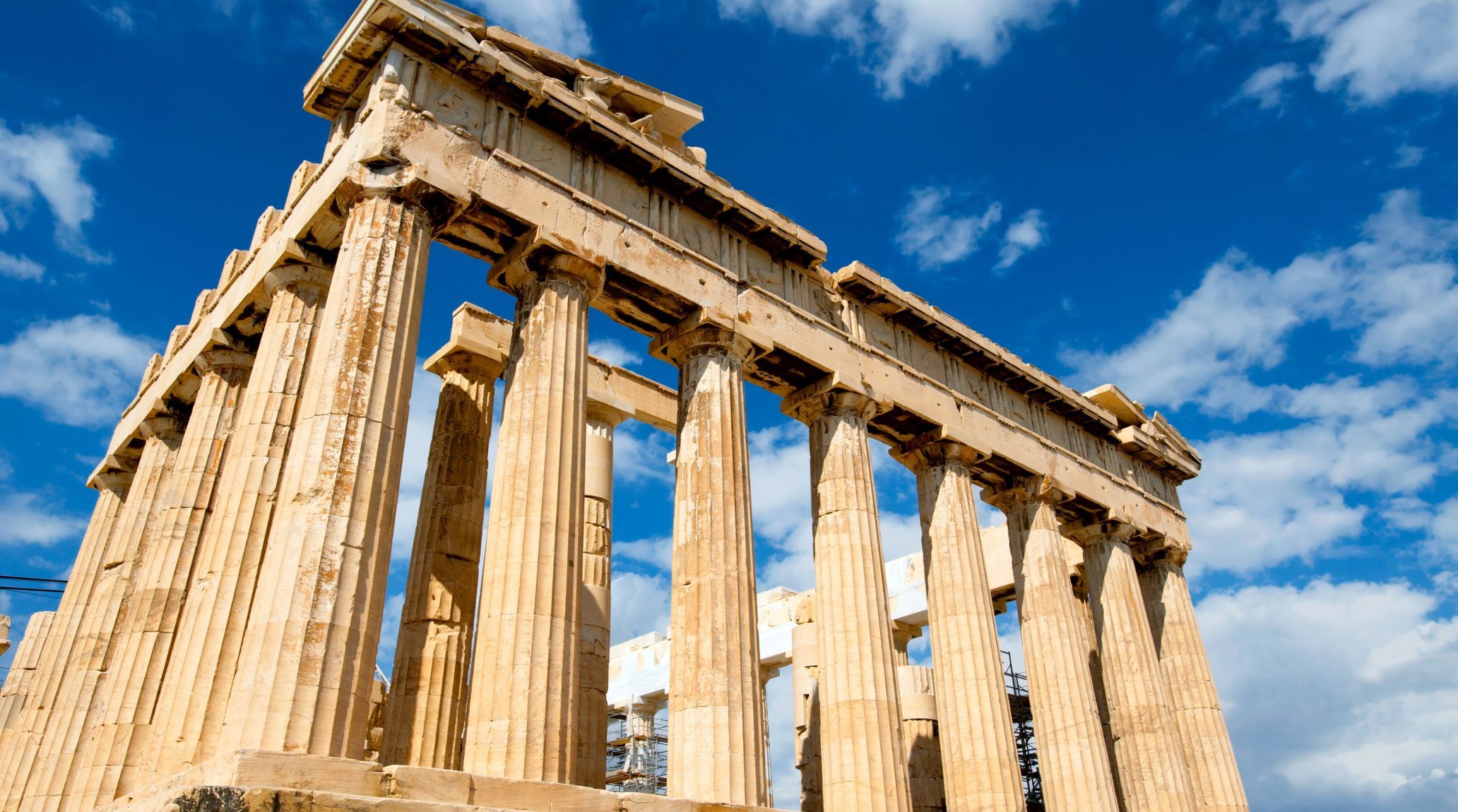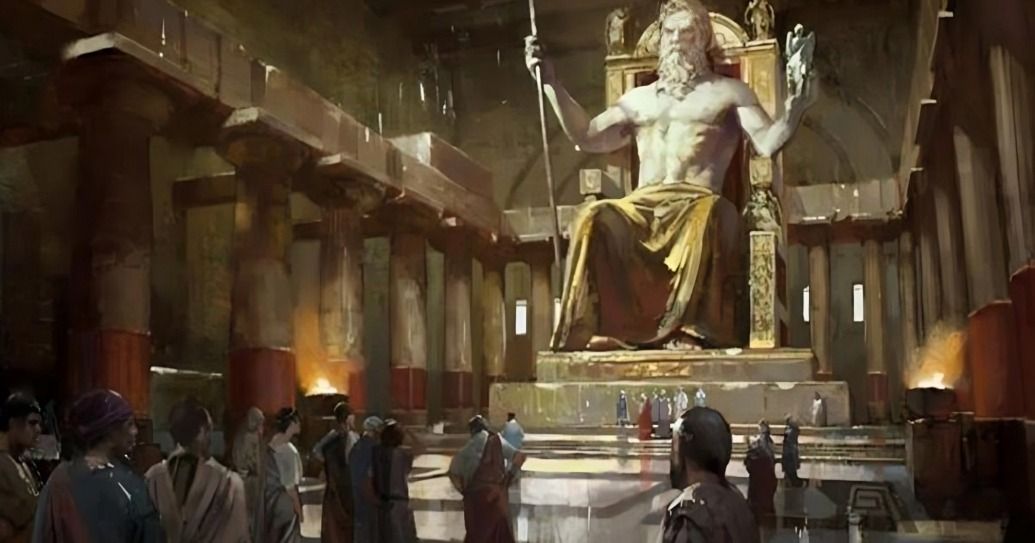
“
The Art and Architecture of Ancient Greece continue to captivate and inspire us with their elegance and innovation. From the majestic Parthenon to intricate sculptures and sophisticated pottery, Greek art reflects a profound appreciation for beauty and proportion. This blog explores 20 fascinating facts about the art and architecture of Ancient Greece, revealing how these masterpieces influenced Western civilization. 1
1
1
1
”
Ancient Greeks introduced symmetry in architecture, influencing structures worldwide. The Parthenon exemplifies harmony and precision, representing classical architecture while honoring the goddess Athena through its stunning design.1
The iconic columns—Doric, Ionic, and Corinthian—serve distinct purposes. Doric columns are sturdy, Ionic features scrolls, and Corinthian is ornate, showcasing Greek architectural creativity throughout history.2
Greek pottery reveals insights into society, depicting mythological scenes, daily life, and athletics. Black-figure and red-figure techniques allowed for exquisite, detailed designs that still captivate us today.3

Greek sculptors favored realism and idealism. Artists like Phidias created lifelike statues, including the Statue of Zeus at Olympia, once considered one of the Seven Wonders.
Ancient Greeks pioneered outdoor theaters, such as the Theater of Epidaurus. With excellent acoustics, these venues hosted dramatic performances, showcasing their profound love for arts and storytelling.4
Frescoes adorned walls of homes and public buildings, adding vibrancy. These paintings depicted mythological tales and daily activities, bringing color and life to their ancient world.5
Greeks used optical illusions in buildings. For example, the Parthenon features subtle curves, creating visually pleasing effects, highlighting their advanced understanding of perception and design.6
Greek architecture influenced modern government buildings, especially in the U.S. Structures like the Lincoln Memorial draw inspiration from ancient Greek temples, reflecting timeless design principles.7
The “Greek Revival” describes a 19th-century movement reimagining classical styles. This resurgence led to many public buildings worldwide, showcasing the enduring appeal of ancient Greek aesthetics.8
Mythology significantly influenced Greek art, with gods and heroes depicted in various forms. Narrative-driven designs on vases and sculptures enrich our understanding of their religious beliefs.9
Many ancient Greek sculptures were originally painted, revealing vibrant colors that contrast with the white marble we see today, challenging our perceptions of ancient artistry.10
The acropolis, a citadel on elevated ground, symbolizes Greek architecture. The famous Acropolis of Athens showcases their architectural brilliance and cultural importance through temples like the Parthenon.11
Greeks invented the “gymnasium,” a center for physical training and intellectual exchange. These spaces reflected the importance of body and mind in Greek culture and education.12

Mosaics, made from colored stones or glass pieces, adorned floors and walls. Intricate designs depicted nature, mythology, and daily life, adding beauty to public and private spaces.
Greek architecture harmonized with natural elements. Structures like the Temple of Apollo emphasized their connection to the environment, showcasing reverence for nature and the divine.13
Greeks excelled at creating amphitheaters, enhancing theatrical performances. Their circular design allowed for excellent acoustics, making theater a vital part of their cultural experience.14
Chryselephantine sculpture, using gold and ivory, exemplifies a unique Greek art form. The Statue of Athena Parthenos showcases their ability to blend precious materials with artistry.15
The Panathenaic Festival celebrated Athena, featuring grand processions, athletic competitions, and artistic displays, highlighting the cultural significance of art and architecture in honoring the gods.16
The ancient Greeks believed in “kalokagathia,” the ideal of physical and moral beauty. This philosophy influenced their art, shaping a legacy that balances aesthetics and virtue.17
Greek art and architecture continue to inspire worldwide. Their principles of beauty, proportion, and harmony resonate across cultures, ensuring their legacy captivates future generations.18


